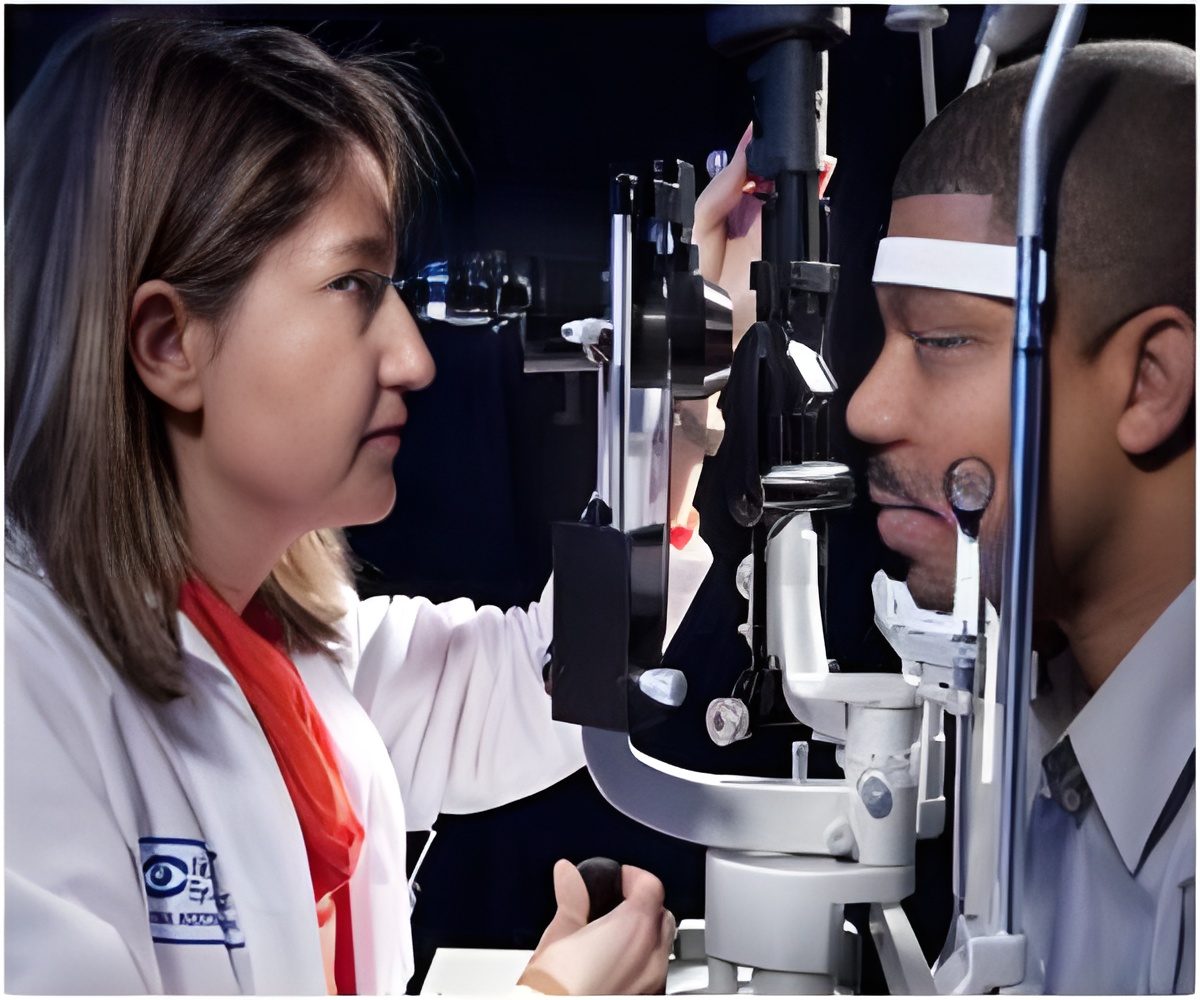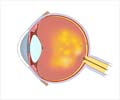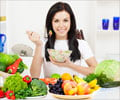A research report has helped scientists better understand a rare genetic disease that causes increased susceptibility to blue light, night blindness, and decreased vision.

To make this discovery, researchers studied both human ESCS patients and an ESCS mouse model. They found that phagocytosis, a process that allows for the normal and continual renewal of rods and cones in the retina, was defective. Using RNA-sequencing to identify differences in complete transcriptomes, and cell culture techniques, scientists demonstrated that the phagocytotic defect was due to the ESCS photoreceptors themselves, rather than the adjacent retinal pigment epithelium layer that also is involved in photoreceptor phagocytosis.
"Learning what goes wrong in rare diseases like Enhanced S-Cone Syndrome allows us to understand how vision works at the molecular level," said Gerald Weissmann, M.D., Editor-in-Chief of The FASEB Journal. "This study provides valuable insight into how the eye renews its photoreceptor cells. Knowing that photoreceptor cells affect their own renewal will surely have an impact on other, more common, forms of retinal degeneration."
According to the U.S. National Institutes of Health Office of Rare Diseases, Enhanced S-Cone Syndrome is an inherited eye disease that affects the retina. Within the retina are "red," "blue," and "green" cones allowing people to see colors properly; and rods which allows us to see in dim light. People with Enhanced S-Cone Syndrome are born with an overabundance of blue cones, reduced numbers of red and green cones, and few, if any, functional rods. This leads to an increased sensitivity to blue light, varying degrees of red and green cone vision, night blindness occurring from early life, vision loss, and retinal degeneration.
Source-Eurekalert














